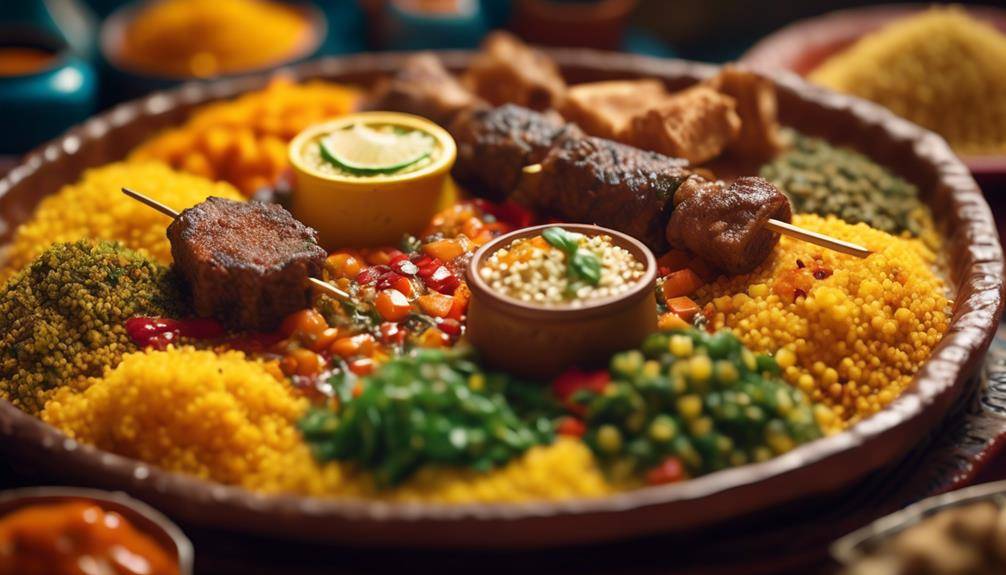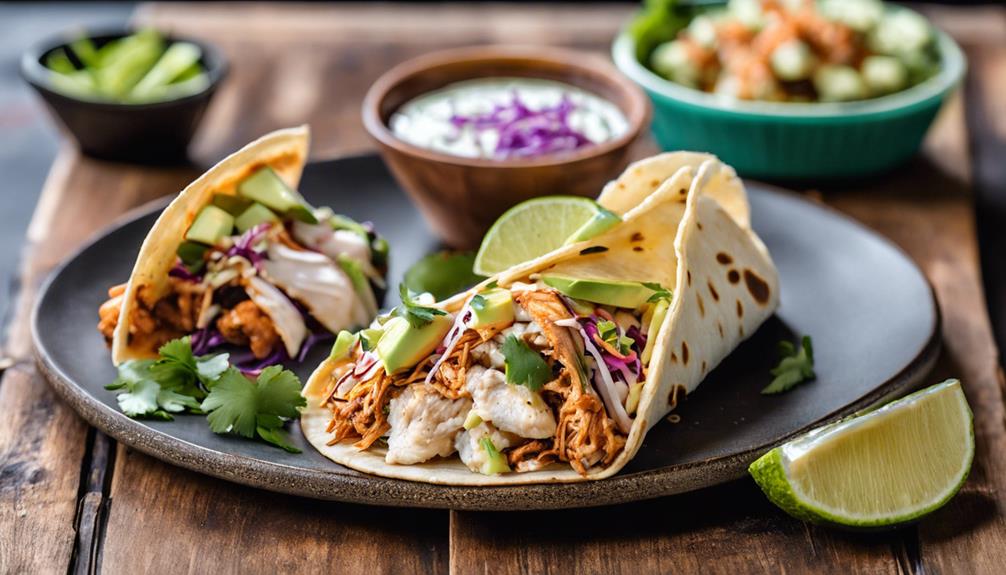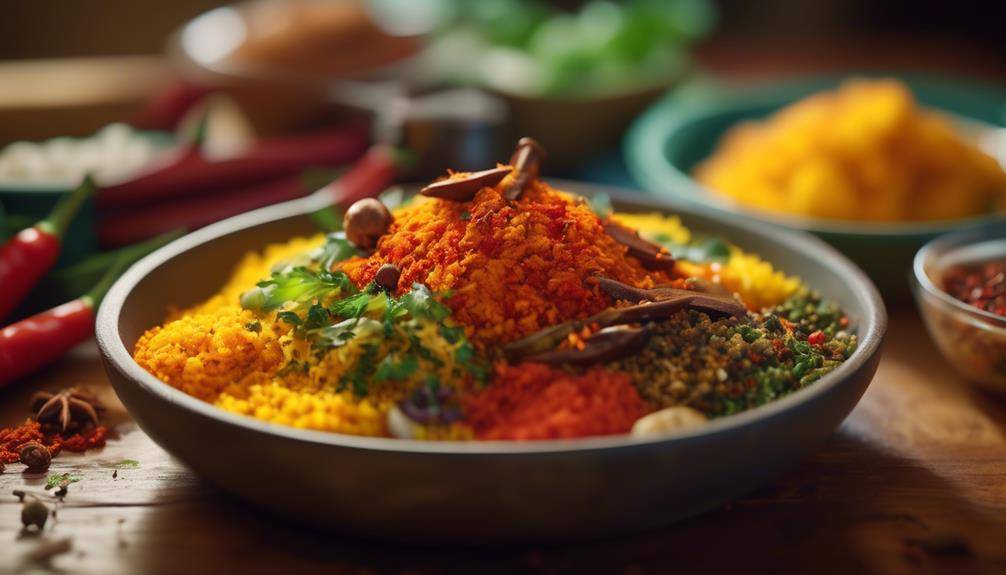From Ancient Roots to Modern Classic Amazing Deviled Eggs
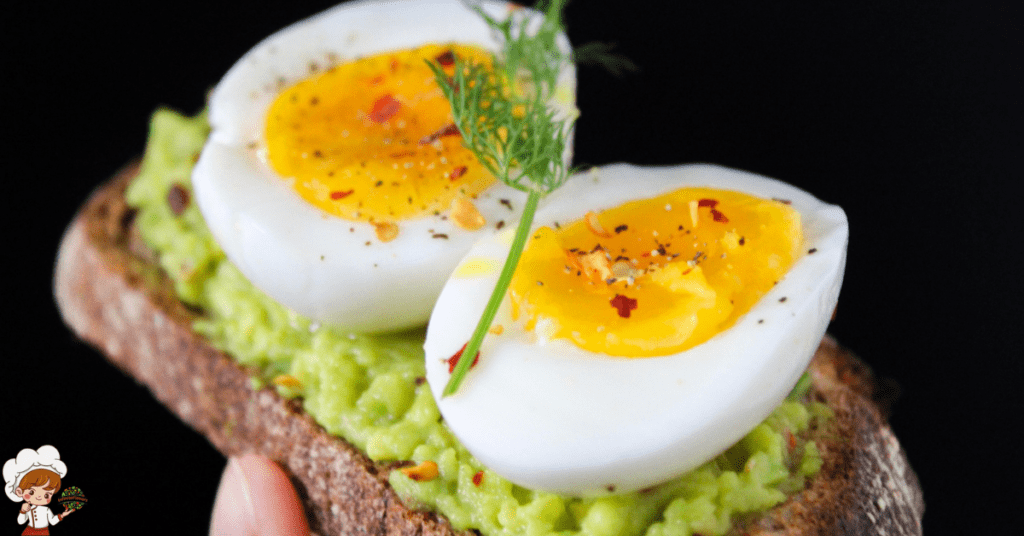
Modern Classic Amazing Deviled Eggs are a beloved staple on tables during holidays, potlucks, and family gatherings across the globe. Their creamy, tangy filling nestled in perfectly halved hard-boiled eggs is instantly recognizable and endlessly customizable. But where did this popular dish come from? The story of deviled eggs is richer and more fascinating than you might expect, spanning continents and centuries. In this blog post, we’ll delve deep into the origin, evolution, and cultural significance of deviled eggs, tracing their journey from ancient times to modern kitchens.
The Ancient Roots of Deviled Eggs
The concept of stuffing eggs dates back to Ancient Rome. As early as the 1st century AD, Roman culinary texts such as “Apicius” described recipes for boiled eggs seasoned with spicy sauces and herbs, often served as appetizers during lavish banquets. These early versions were not quite the deviled eggs we know today, but they laid the groundwork for the idea of enhancing hard-boiled eggs with flavorful additions.
The Romans were known for their love of elaborate dishes, and eggs were often filled with ingredients like wine, broth, oil, and a variety of pungent spices. These stuffed eggs were considered a luxury item and symbolized hospitality and wealth. As the Roman Empire expanded, their culinary practices spread throughout Europe, influencing the cuisines of many regions.
The Medieval and Renaissance Influence
During the medieval period, the concept of stuffed eggs continued to evolve. In parts of Europe, especially Spain and France, recipes emerged that involved boiling eggs, removing the yolks, and mixing them with various ingredients before refilling the whites. By the 13th century, Andalusian cookbooks included instructions for filling eggs with yolks blended with cilantro, onion juice, pepper, and coriander.
By the Renaissance era, stuffed eggs were becoming more common across the continent, often appearing in cookbooks and on the tables of the wealthy. These recipes showcased local flavors and ingredients, and the presentation of stuffed eggs became more refined. However, the dish still hadn’t taken on the name “deviled eggs” or the mustard-heavy flavor profile that defines the modern version.
The Birth of the Term “Deviled”
The term “deviled” began to appear in the 18th century in England, used to describe foods that were highly seasoned or spicy. Originally, it referred more broadly to dishes that were zesty or peppery, not necessarily eggs.
By the 19th century, the term became more specifically associated with a culinary technique of mixing yolks with hot or piquant ingredients, including mustard, pepper, and vinegar. This spicy mixture would then be used to fill egg whites, giving birth to the classic deviled egg we recognize today. The name “deviled” was a nod to the heat and seasoning level, not to any religious or supernatural connotation, despite occasional humorous associations.
Deviled Eggs in America
Deviled eggs crossed the Atlantic with European settlers and found a welcoming home in the United States. By the late 19th and early 20th centuries, recipes for deviled eggs began appearing in American cookbooks. The dish gained popularity quickly, especially in the South, where it became a beloved fixture at church gatherings, picnics, and family reunions.
American versions of deviled eggs often included regional twists, such as the addition of sweet pickle relish, paprika, or even hot sauce. The simplicity of the base recipe allowed for a wide range of experimentation, and deviled eggs became a canvas for culinary creativity. They were inexpensive, easy to prepare, and could be made ahead of time, making them ideal for entertaining.
The Post-War Boom and Deviled Eggs as a Party Staple
Following World War II, deviled eggs exploded in popularity across the United States. With the rise of home refrigeration and mass-produced mayonnaise, the dish became even easier to prepare and more widely enjoyed. Cookbooks and homemaking magazines of the 1950s and 60s often featured deviled eggs as a go-to appetizer for modern housewives.
Specialized trays and platters were designed just for serving deviled eggs, often in whimsical shapes and pastel colors to match the mid-century aesthetic. The dish became synonymous with social gatherings and hospitality, embodying a sense of comfort and tradition.
Modern Variations and Global Appeal
Today, deviled eggs have experienced a resurgence in popularity, driven by both nostalgia and a renewed interest in creative, small-plate dishes. Chefs and home cooks alike have embraced the deviled egg as a blank canvas for innovation. Modern variations might include:
- Smoked salmon and dill
- Sriracha and kimchi
- Avocado and lime
- Bacon and cheddar
- Truffle oil and chives
The versatility of deviled eggs allows them to fit into nearly any cuisine or dietary preference, from keto to vegan (using tofu or chickpeas in place of egg yolks). Their small size and customizable nature make them ideal for modern entertaining and Instagram-worthy presentation.
Cultural Significance and Symbolism
Beyond their culinary appeal, deviled eggs hold cultural significance in many communities. In the American South, they are a symbol of hospitality and tradition. In other cultures, eggs represent new life and rebirth, making deviled eggs a fitting dish for springtime celebrations like Easter.
They are also a common feature in Slavic, Mediterranean, and Middle Eastern cuisines, where similar stuffed egg dishes are enjoyed during festivals and family gatherings. The global appeal of deviled eggs lies in their ability to bring people together with familiar flavors and a touch of creativity.
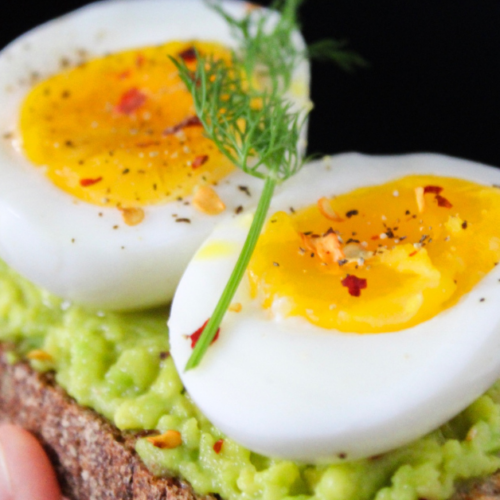
🥚 Classic Deviled Eggs Recipe
Ingredients
- 📝 Ingredients:
- 6 large eggs
- 3 tablespoons mayonnaise
- 1 teaspoon yellow mustard
- 1 teaspoon white vinegar
- Salt and black pepper to taste
- Paprika for garnish
Instructions
- 🔪 Instructions:
- Hard-boil the eggs
- Place the eggs in a single layer in a saucepan and cover with water by about an inch.
- Bring to a boil over medium-high heat. Once boiling, turn off the heat, cover the pot, and let sit for 10-12 minutes.
- Drain and immediately transfer eggs to an ice bath to cool. Once cooled, peel the eggs.
- Prepare the filling
- Slice each egg in half lengthwise and carefully remove the yolks.
- Place the yolks in a bowl and mash with a fork until crumbly.
- Add mayonnaise, mustard, vinegar, salt, and pepper. Mix until smooth and creamy.
- Fill the egg whites
- Spoon or pipe the yolk mixture back into the egg white halves. (A piping bag or a zip-top bag with the corner snipped gives a nice presentation!)
- Garnish and serve
- Lightly sprinkle with paprika for color and flavor.
- Chill until ready to serve.
Frequently Asked Questions (FAQ): Modern Classic Amazing Deviled Eggs
Q: Why are they called “deviled” eggs?
A: The term “deviled” refers to the use of spicy or zesty ingredients, such as mustard and pepper. It originated in 18th-century England to describe highly seasoned food.
Q: When did deviled eggs become popular in the United States?
A: Deviled eggs gained popularity in the U.S. in the late 19th century and became a staple dish after World War II, especially in the South.
Q: Can deviled eggs be made in advance?
A: Yes, deviled eggs can be made a day ahead. Store them covered in the refrigerator and garnish just before serving for best presentation.
Q: What are some modern variations of deviled eggs?
A: Popular variations include toppings like bacon, smoked salmon, avocado, hot sauce, kimchi, or truffle oil.
Q: Are there any vegan alternatives to deviled eggs?
A: Yes! You can use tofu or chickpeas to create a similar creamy filling, and use halved baby potatoes or avocado halves as a base instead of egg whites.
Conclusion
From ancient Roman feasts to modern-day potlucks, deviled eggs have stood the test of time. Their rich history, endless adaptability, and cultural resonance make them more than just a tasty appetizer—they are a dish with a story. Whether you enjoy them at Easter, a summer picnic, or a fancy dinner party, deviled eggs continue to evolve while staying rooted in tradition. So next time you pop one in your mouth, remember: you’re taking part in a culinary journey that’s thousands of years in the making.




